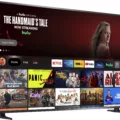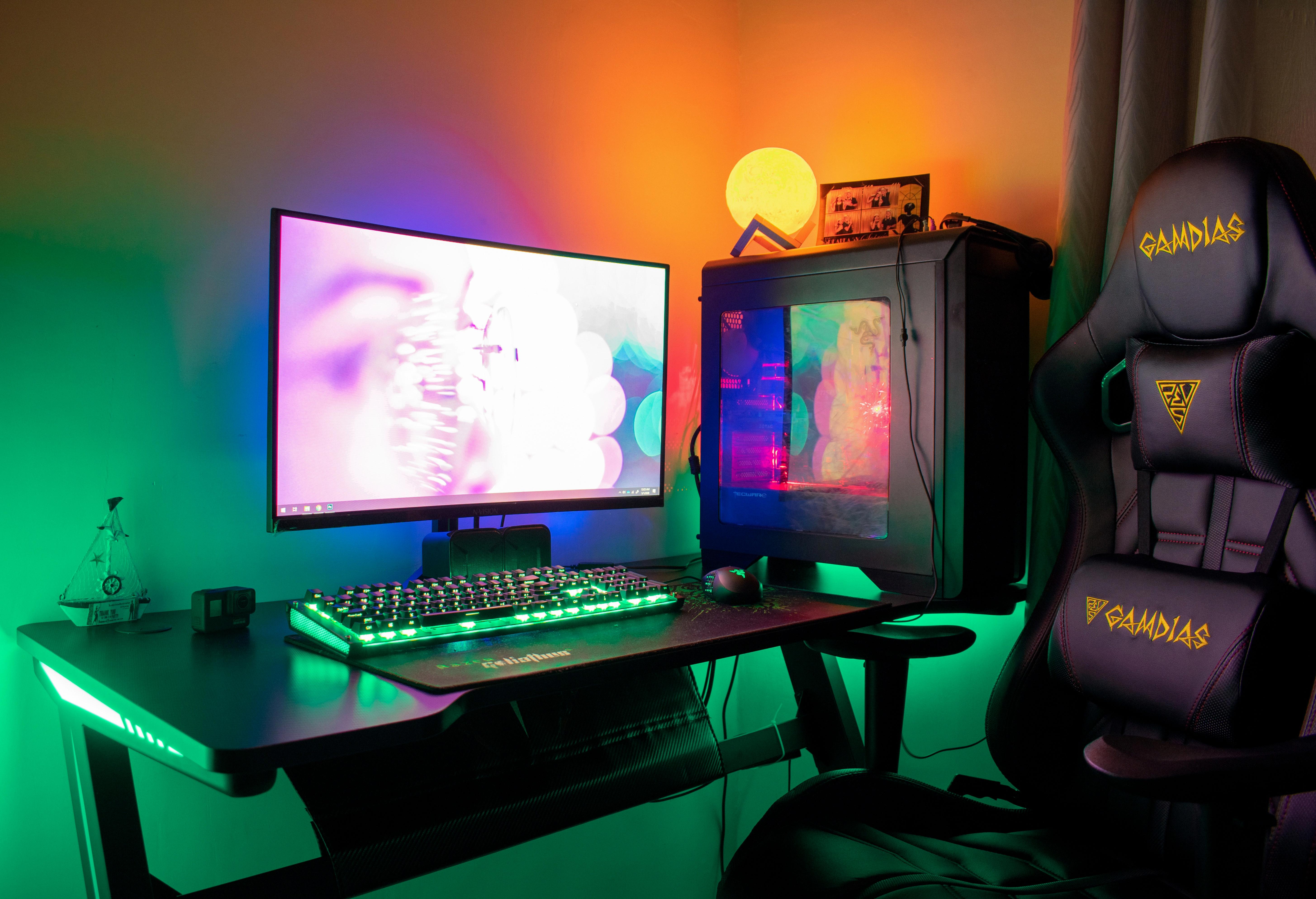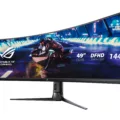A 75Hz monitor is a popular choice for gamers who want acceptable video quality without breaking the bank. While it may not offer the same level of smoothness as a higher refresh rate monitor, it still offers a great experience for both casual and competitive gamers.
One of the main benefits of a 75Hz monitor is that it reduces eye strain. This is because the monitor refreshes 75 times in a second, which is enough to offer a clear and crisp image without causing eye fatigue. This makes it a great option for gamers who spend long hours in front of their screens.
Another advantage of a 75Hz monitor is that it offers great image quality for this refresh rate. While it may not be as smooth as a higher refresh rate monitor, it still offers a clear and detailed image that is perfect for most games. This means that gamers can enjoy a great gaming experience without having to spend a lot of money on a high-end monitor.
Of course, one of the main drawbacks of a 75Hz monitor is that it may not offer the same level of smoothness as a higher refresh rate monitor. This means that fast-paced games may appear slightly choppy or blurry, which can be a disadvantage for competitive gamers. However, for casual gamers, a 75Hz monitor is more than enough to offer a great gaming experience.
A 75Hz monitor is an excellent choice for gamers who want good video quality without breaking the bank. While it may not offer the same level of smoothness as a higher refresh rate monitor, it still offers a clear and detailed image that is perfect for most games. Whether you’re a casual or competitive gamer, a 75Hz monitor is a great investment that will enhance your gaming experience.
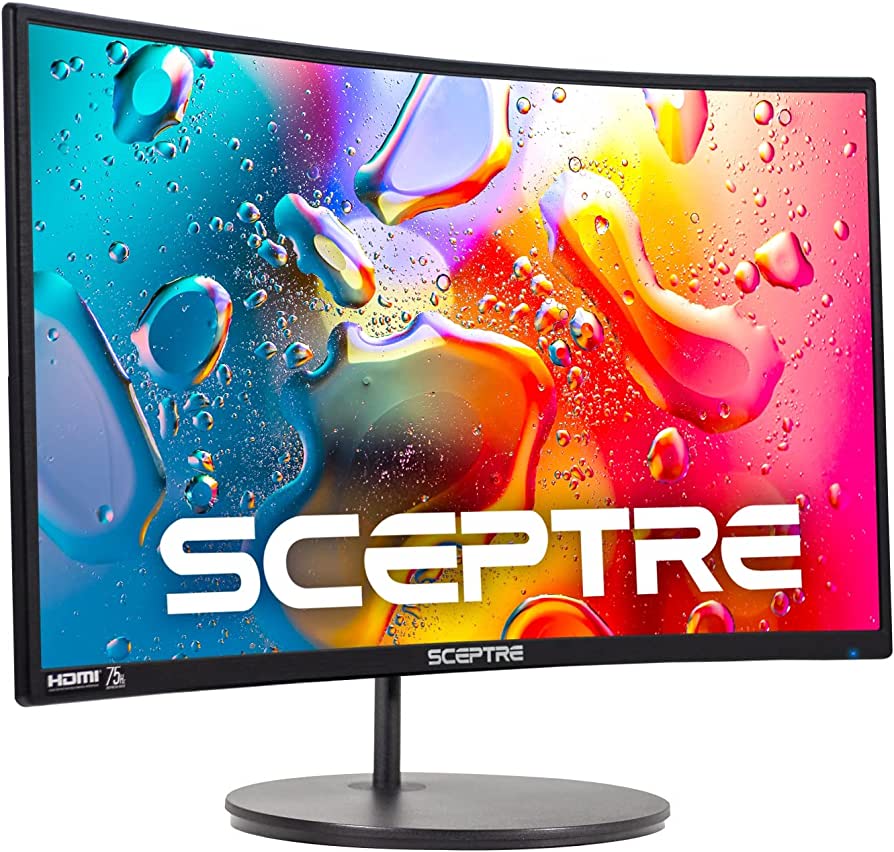
The Benefits of Using a 75Hz Monitor
A 75Hz monitor can be considered good for casual gamers as it provides acceptable video quality with reduced eye strain. It is a popular refresh rate and offers perfect image quality for this rate. However, it may not provide the same level of smoothness as a 144Hz or higher monitor. To summarize, a 75Hz monitor is a good option for those looking for decent video quality and reduced eye strain, but it may not be the best choice for professional gamers or those seeking a higher level of smoothness in their gameplay.
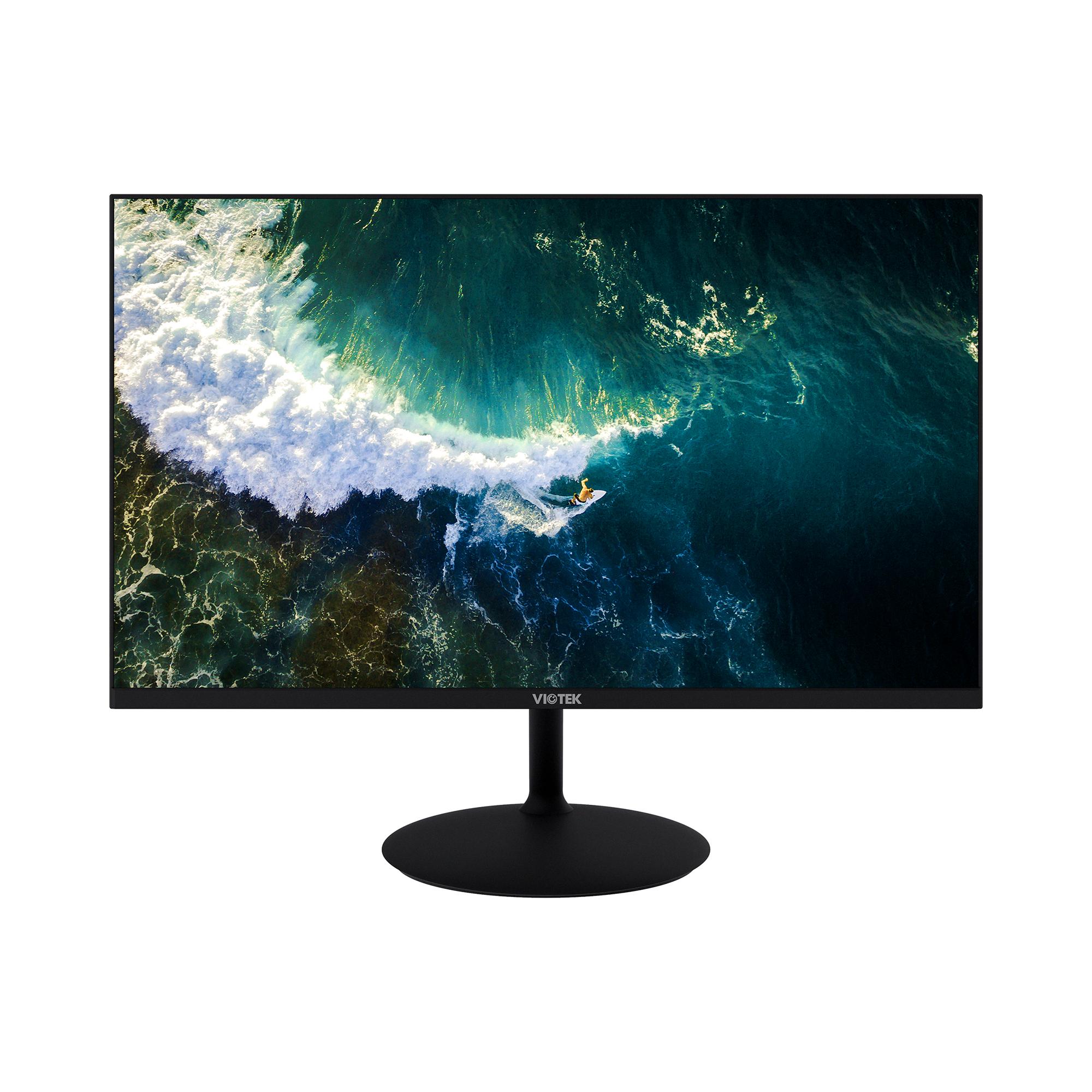
Can a 75Hz Monitor Be Used for Gaming?
A 75Hz monitor is good for gaming. While higher refresh rates like 144Hz or 240Hz might be preferred by some gamers, a 75Hz monitor still offers a smooth and enjoyable experience for most games. The higher refresh rate allows for smoother and more fluid motion, reducing motion blur and making it easier to track fast-moving objects on the screen. That being said, it’s important to note that a higher refresh rate monitor may not necessarily improve your skills or gameplay performance, but it can enhance the overall experience. It’s also worth considering the other specifications of the monitor, such as resolution and response time, when choosing a gaming monitor.
Comparing 60Hz and 75Hz Monitors
A 75Hz monitor is a better option than a 60Hz monitor. This is because the refresh rate of a monitor refers to the number of times the display refreshes in a second, which means that a 75Hz monitor refreshes 75 times in a second while a 60Hz monitor refreshes only 60 times in a second. With a higher refresh rate, a 75Hz monitor provides a smoother gaming experience, making it suitable for both casual and competitive gamers.
The main advantage of a 75Hz monitor is that it displays less motion blur, which is a common problem with lower refresh rates. This is because the monitor can refresh the display more frequently, resulting in smoother and more fluid motion on the screen. This is particularly noticeable when playing fast-paced games, where every split-second counts.
Furthermore, a higher refresh rate also reduces input lag, which is the time it takes for the monitor to respond to your actions. This means that you can react more quickly in games, giving you a competitive edge.
A 75Hz monitor is better than a 60Hz monitor as it provides a smoother gaming experience with less motion blur and reduced input lag, making it a perfect choice for both casual and competitive gamers.
The Benefits of a 144Hz Monitor vs. a 75Hz Monitor
When it comes to choosing between a 144Hz and a 75Hz monitor, the former is the better option for gaming. This is because the higher refresh rate of 144Hz means that the monitor refreshes its screen 144 times per second, which results in a smoother and more fluid motion. On the other hand, a 75Hz monitor only refreshes its screen 75 times per second, which can result in noticeable motion blur and stuttering in fast-paced games.
In addition to smoother motion, a 144Hz monitor can also provide a more responsive gaming experience. This is because the higher refresh rate allows for faster and more accurate input recognition, which can be especially important in competitive games where split-second reactions can make all the difference.
If you are a serious gamer or want the best visual experience from your monitor, then a 144Hz monitor is the better choice. However, if you are on a budget or don’t require the highest level of performance, a 75Hz monitor may still be a viable option.
Conclusion
A 75Hz monitor is a great option for casual gamers who want an acceptable video quality without breaking the bank. It offers reduced eye strain and a smoother game experience compared to a 60Hz monitor. While it may not provide the same level of smoothness as a 144Hz or higher monitor, it still performs well and delivers a decent gaming experience. With its lower price point and satisfactory performance, a 75Hz monitor is a good choice for gamers who are looking for a budget-friendly gaming monitor. whether you are a casual or competitive gamer, a 75Hz monitor can provide a satisfactory gaming experience.

